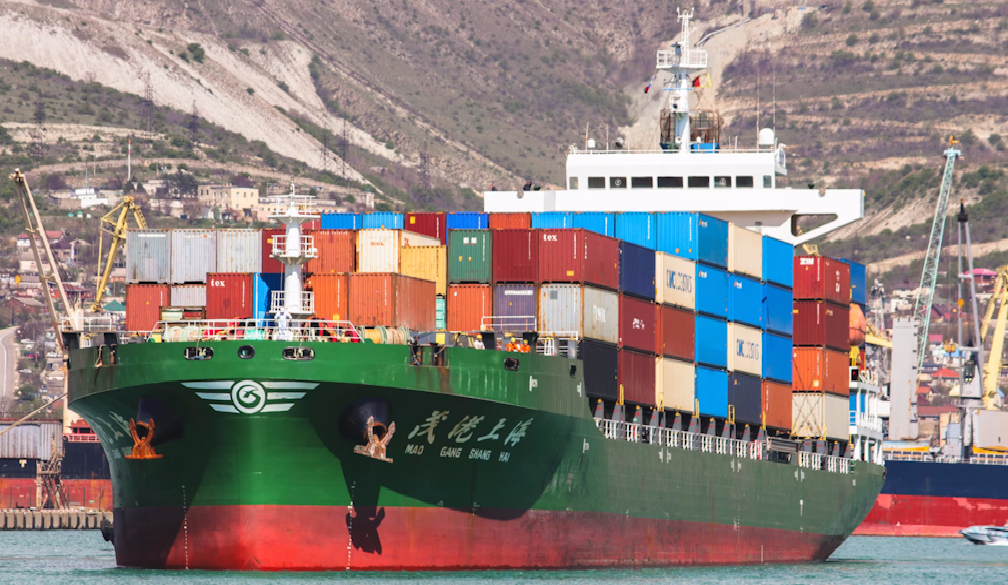How Different Countries Are Solving the Last Mile Puzzle

The final leg of the delivery journey — the infamous “last mile” — has become one of the most critical and cost-intensive aspects of the supply chain. From sprawling urban centres to rural communities, countries across the globe are adopting creative, tech-driven strategies to streamline last mile delivery and meet growing consumer expectations. Here's a closer look at how different regions are tackling the challenge — and what Australian logistics providers can learn from them.
Singapore: Embracing Automation and Drones
Singapore, with its compact urban layout and forward-thinking infrastructure, has taken bold steps in last mile innovation. The government-backed Urban Logistics programme promotes the use of autonomous vehicles and parcel lockers, reducing congestion and increasing delivery speed. On top of this, drone delivery trials — led by SingPost and supported by government grants — are helping address issues related to limited manpower and tight delivery windows.
Germany: Leveraging Micro-Hubs and Cargo Bikes
Germany is combining sustainability with efficiency by implementing decentralised urban logistics. Cities like Berlin and Hamburg are investing in micro-distribution hubs — small warehouses within city limits that reduce the need for long haul urban transport. Deliveries from these hubs are often completed via electric cargo bikes, reducing emissions and navigating city traffic far more effectively than traditional vans.
Japan: Community-Led Delivery Models
In rural Japan, where population density is low and traditional delivery routes are often inefficient, community-led delivery initiatives have emerged. Japan Post collaborates with local stores and farmers to coordinate delivery drop-off and pick-up points, blending community support with logistics practicality. This model strengthens regional economies while optimising last mile fulfilment.
United States: Technology-Driven Solutions
American logistics giants are pouring billions into AI, route optimisation, and robotic assistance to improve last mile efficiency. Companies like Amazon and UPS use machine learning to predict delivery patterns and reroute parcels on the fly. Smart lockers and in-home delivery services (like Amazon Key) offer further flexibility, giving customers more control while easing delivery scheduling constraints.
Australia: Room to Innovate
While Australian logistics providers face unique geographic challenges — such as vast distances between urban hubs and remote communities — there is growing momentum toward advanced delivery systems. Investment in enterprise freight solutions is helping large-scale organisations manage delivery logistics more strategically, reducing inefficiencies and improving traceability.
Looking Ahead: A Global Collaboration of Ideas
There is no one-size-fits-all solution to the last mile problem — what works in Singapore may not work in the Australian outback. However, by drawing inspiration from global case studies, local logistics leaders can implement hybrid models tailored to their unique environments. Whether through micro-fulfilment, AI-powered tracking, or community-driven support systems, the key lies in continuous adaptation and investment in scalable innovation. As consumers continue to demand faster, greener, and more flexible delivery options, the last mile puzzle will only become more complex — and more essential to solve.










